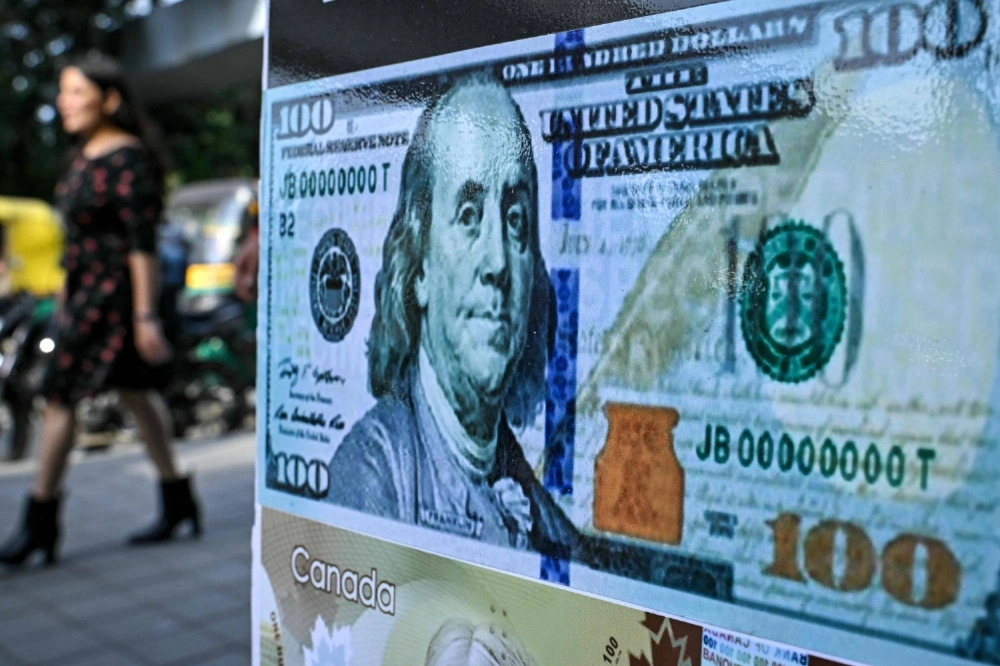To say the roof hasn’t caved in on the dollar is an understatement. Despite the doomsaying that was pervasive after the White House imposed sweeping tariffs, the greenback is as entrenched in the cogs of global finance as ever. If anything, its use is more pervasive.
It would probably be too much to hope for some reflection on the part of the "sell America” crowd that grabbed the microphone this year. But the Bank for International Settlements has spoken: The Basel-based organization’s triennial survey of the currency scene, the most comprehensive source on the size and structure of the market, shows that the dollar was on one side of 89.2% of all trades, up a touch from the 2022 result. The euro’s portion was down slightly at 28.9%, and the yen was little changed in third place, according to the report.
Not bad, especially considering the poll was conducted in April, the same month that U.S. President Donald Trump sought to upend the global trading system with steep levies on American imports. The big gyrations — the dollar fell sharply and yields on bonds climbed markedly — and the shock of the Liberation Day theater led some investors to assert this was the beginning of the end for the dollar’s long reign. Time will tell, but there’s nothing in these numbers to suggest de-throning is imminent. The anti-dollar camp, which over the years has gotten worked up over large deficits, the birth of the euro, and the subprime collapse as arguments for getting out of the greenback, looks to have cried wolf again.


















With your current subscription plan you can comment on stories. However, before writing your first comment, please create a display name in the Profile section of your subscriber account page.